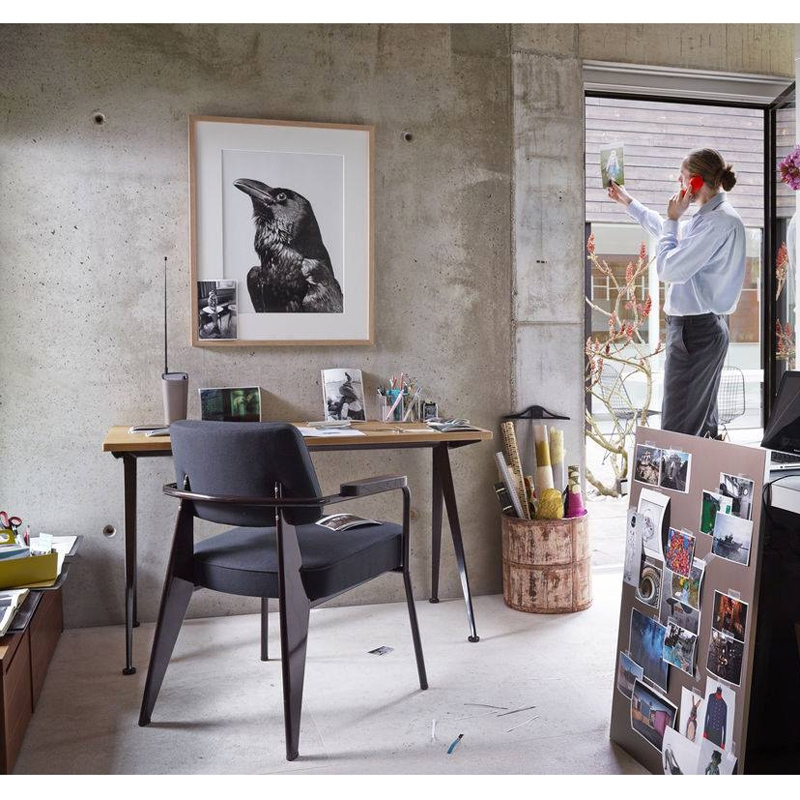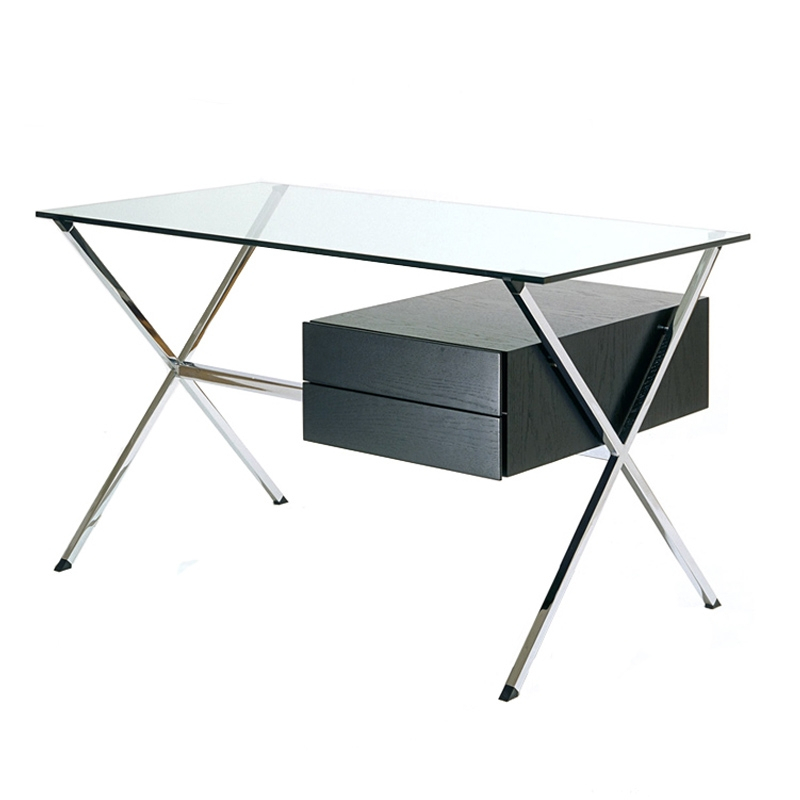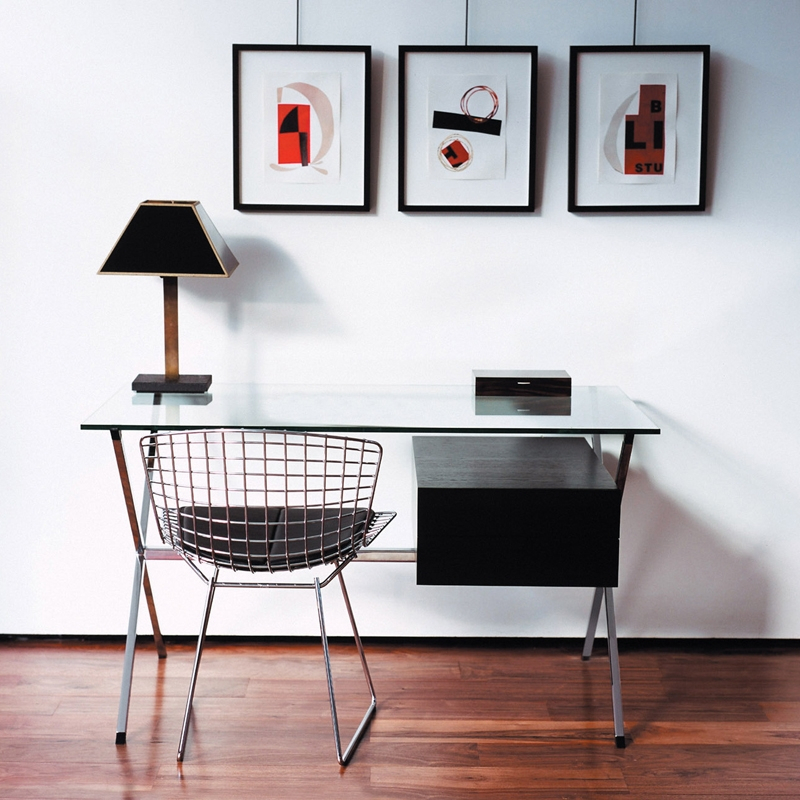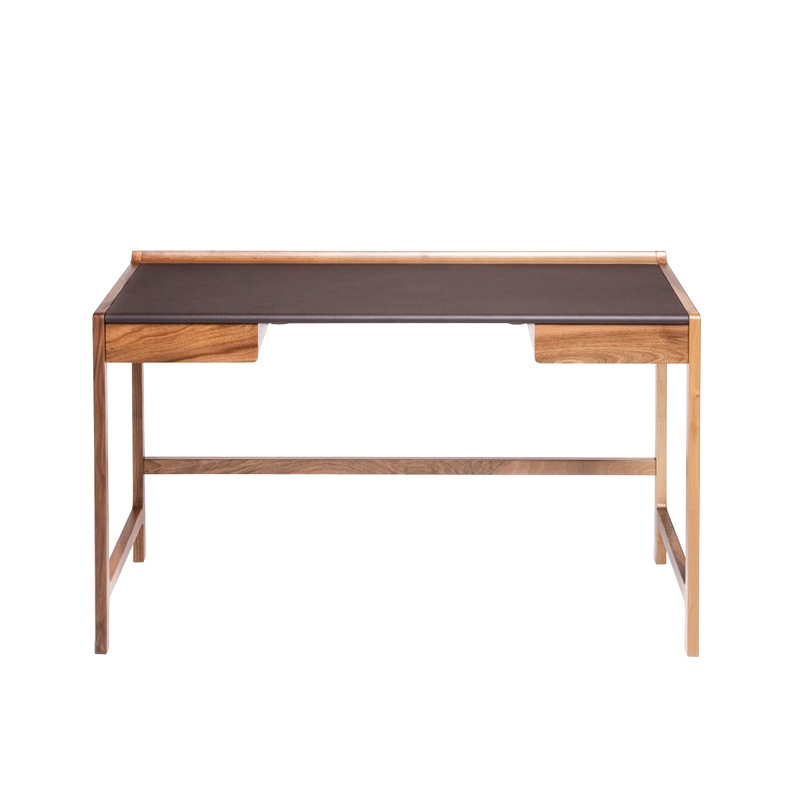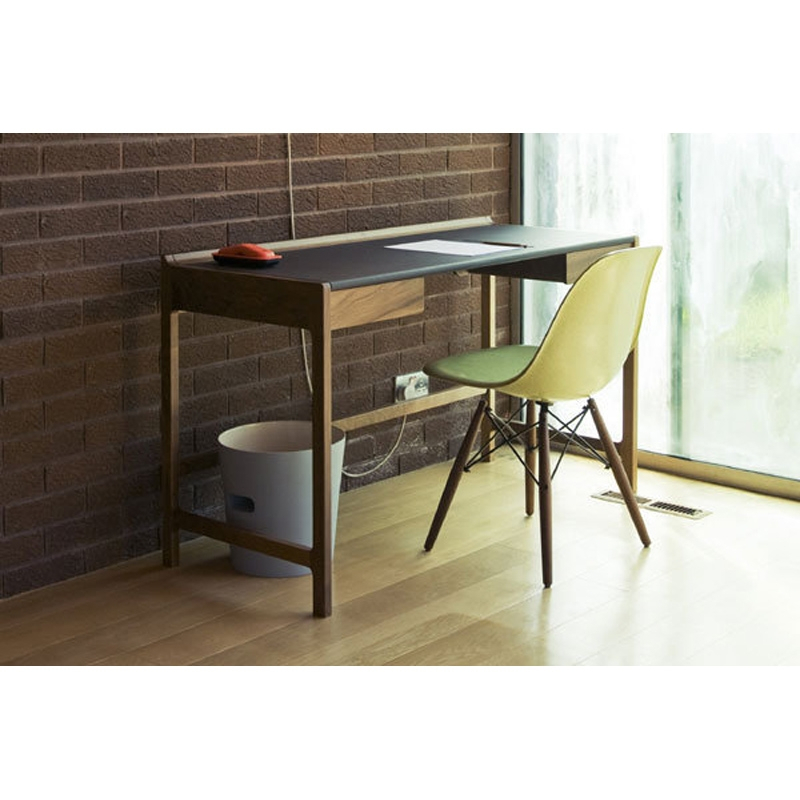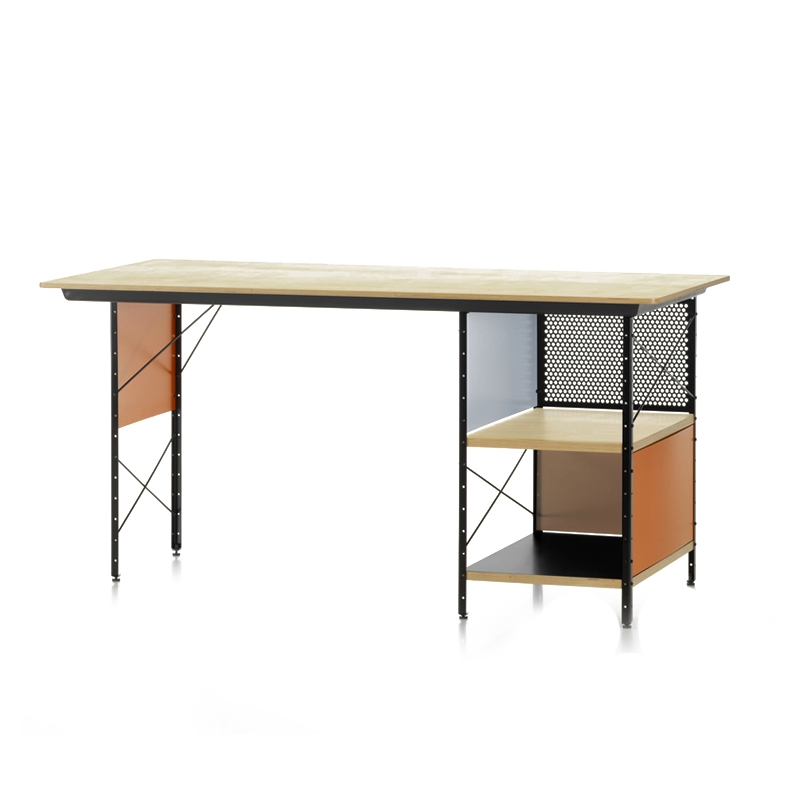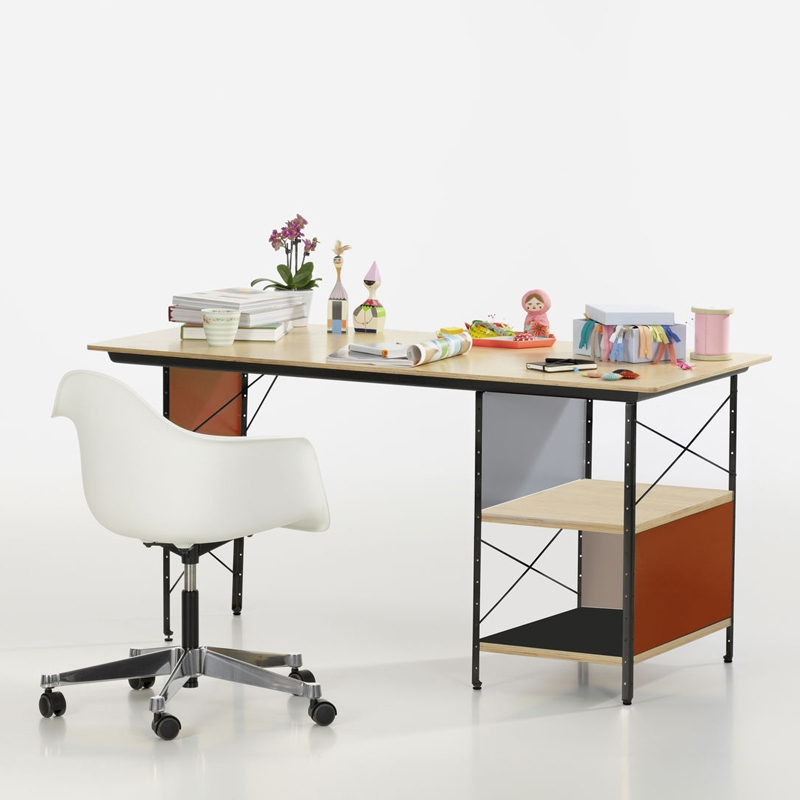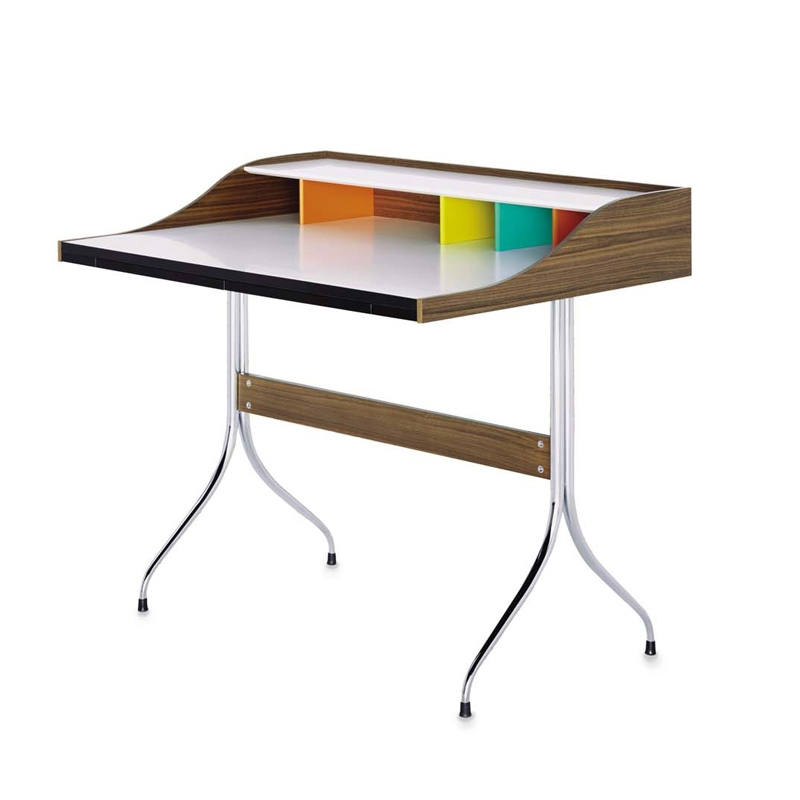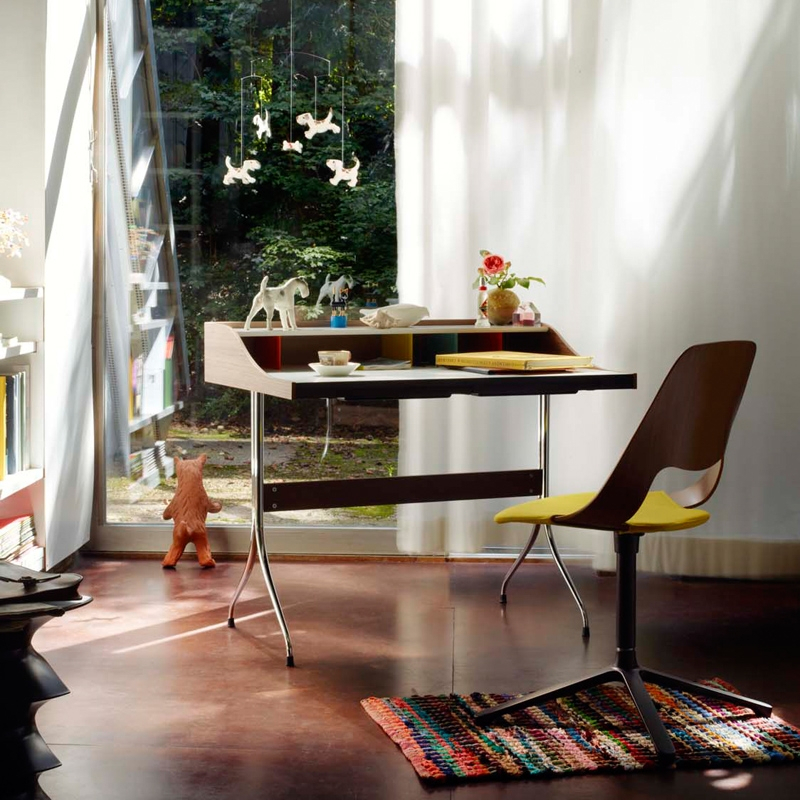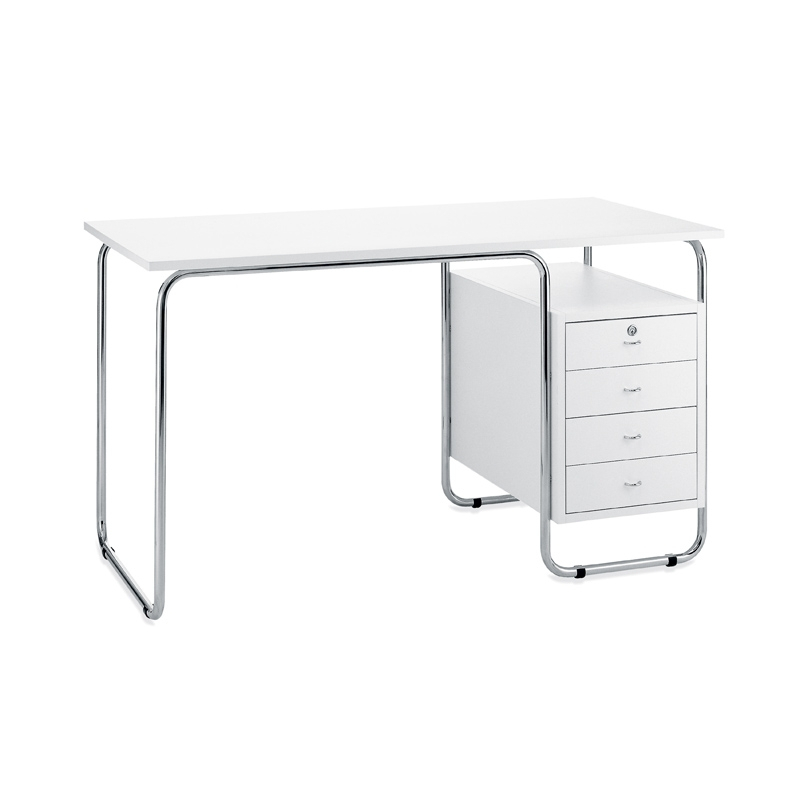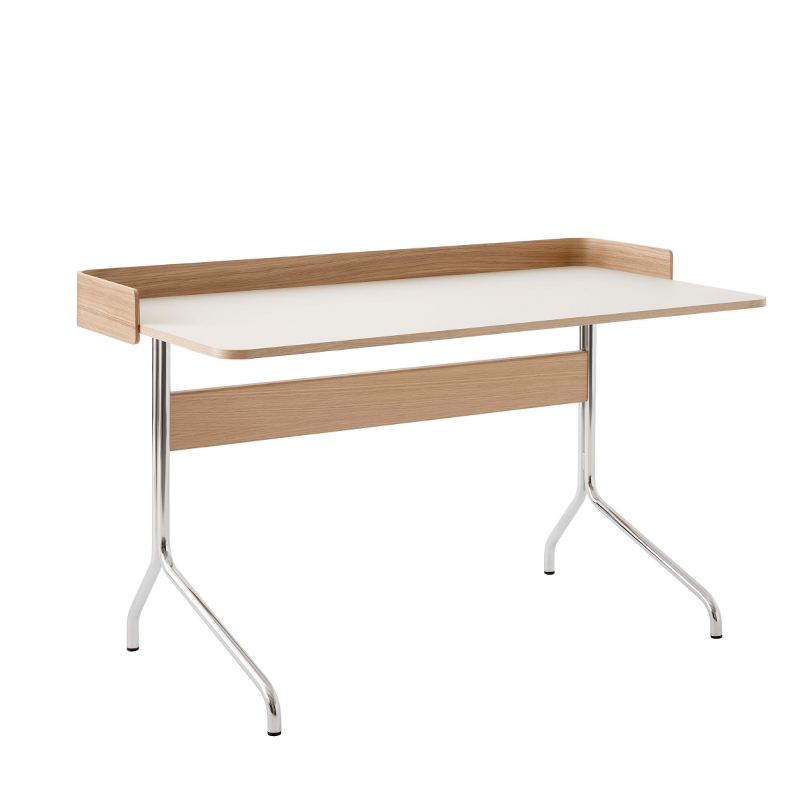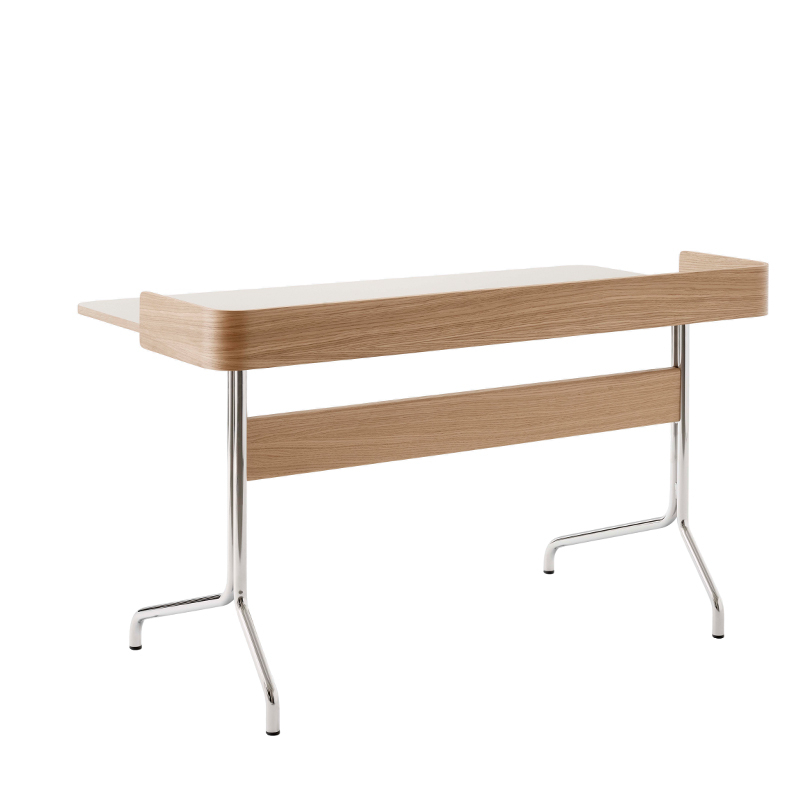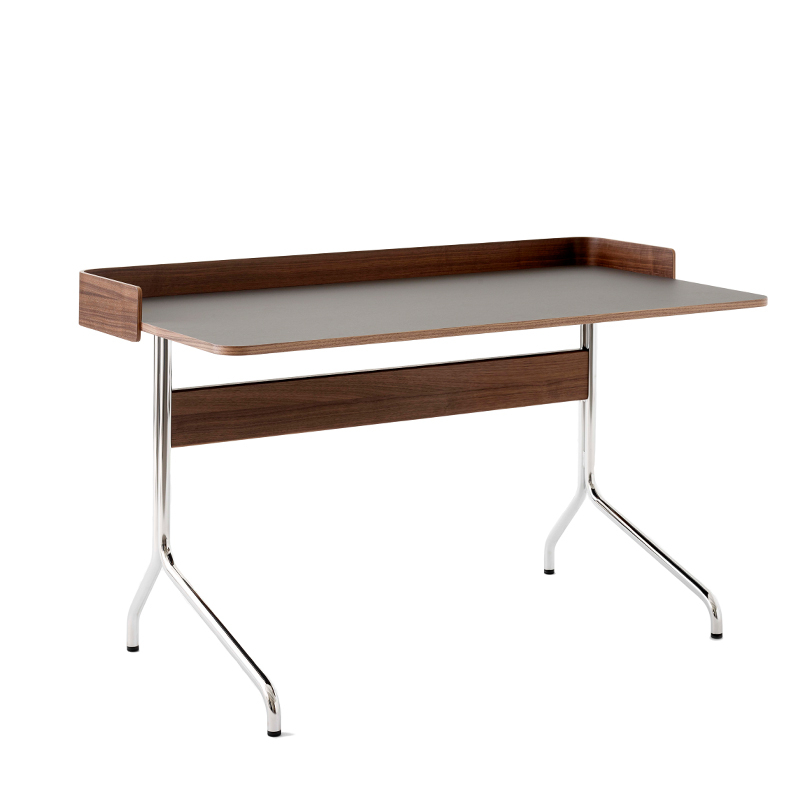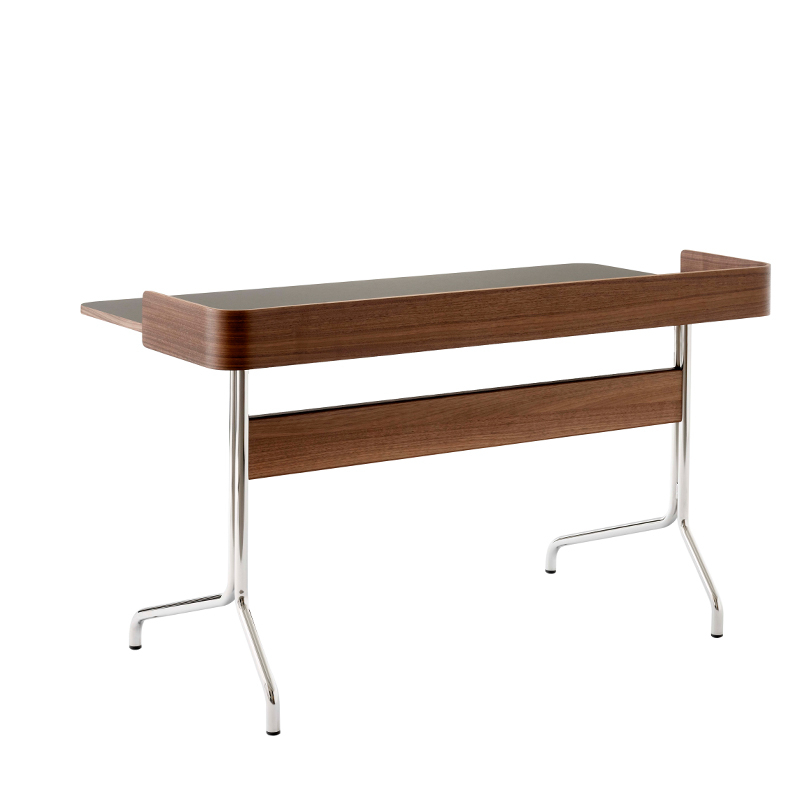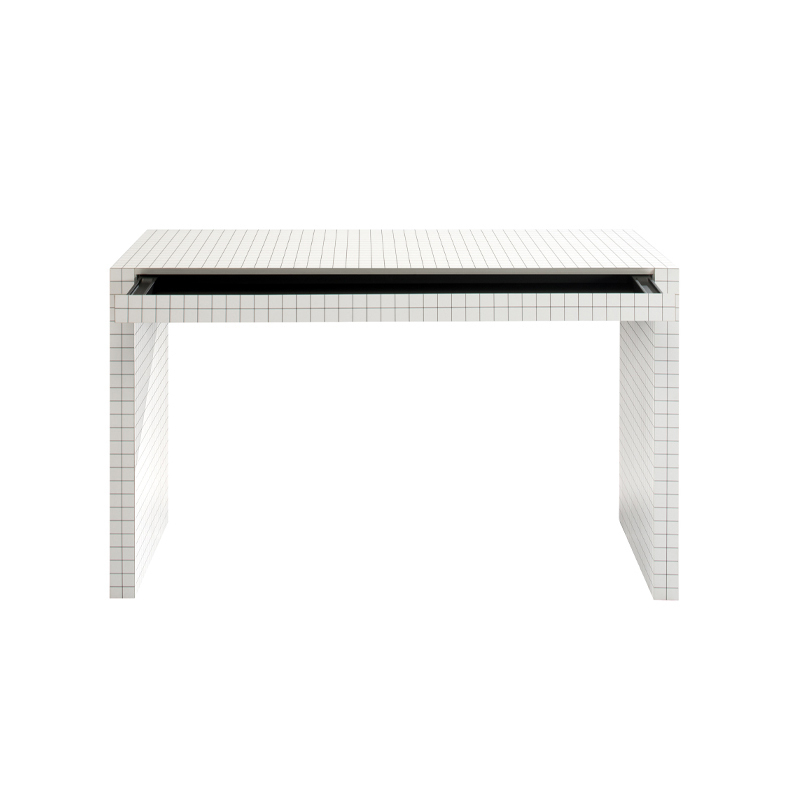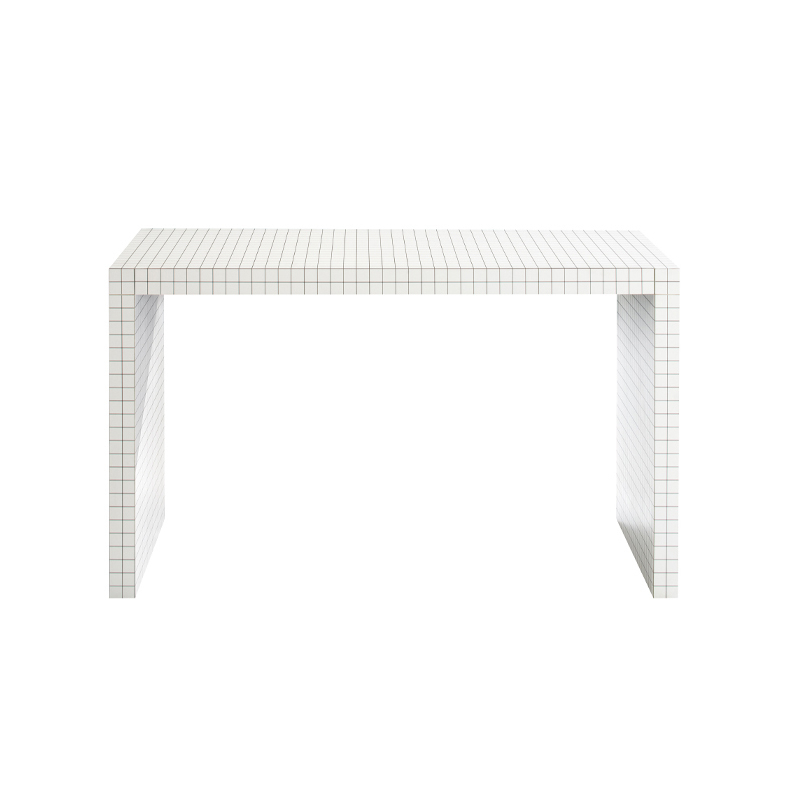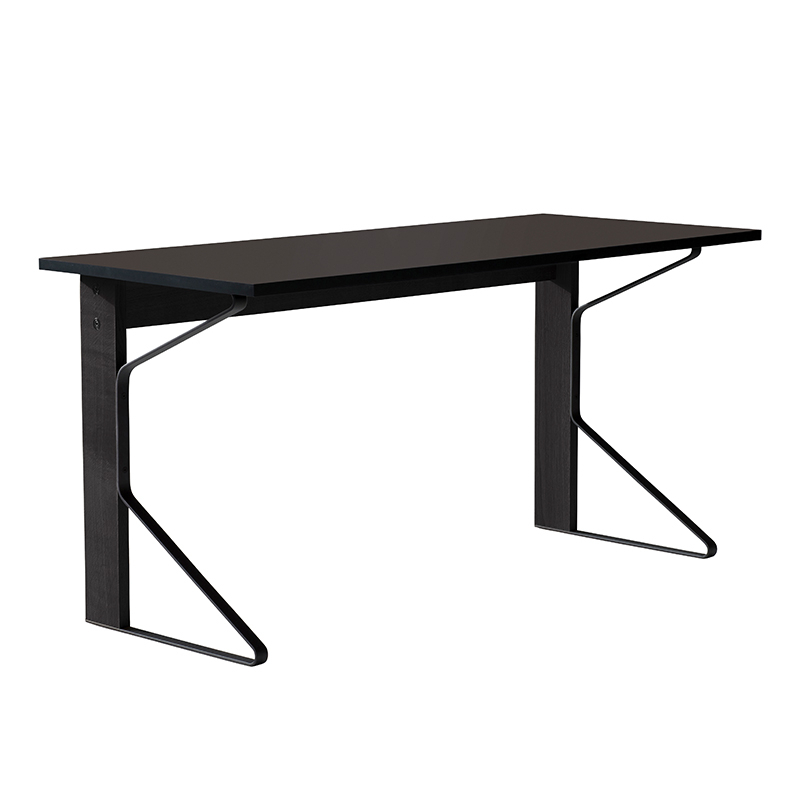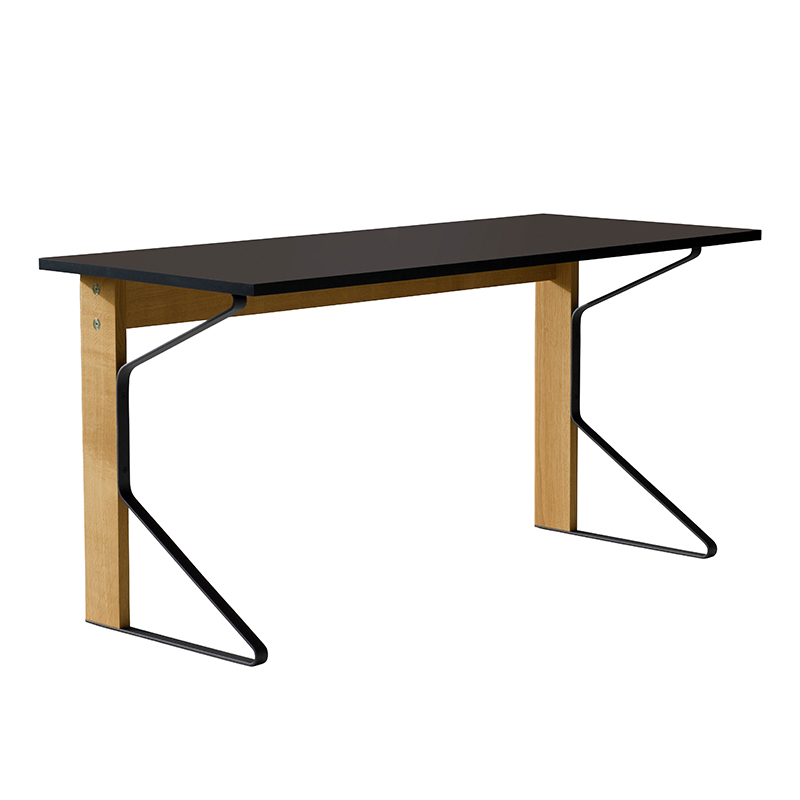- wishlist
-
Cart
Your cart is empty.
menu overlay
menu overlay
Already a customer?
New customer?
Enjoy all the benefits we offer and track your purchases in the order history.
Registermenu overlay
Reset my password
You will receive a link by email to reset your password.
Desk COMPAS DIRECTION Japanese red legs VITRA
£2,885.00
£2,404.16 HT
or in

COMPAS DIRECTION Japanese red legs
COMPAS DIRECTION Japanese red legs
£2,885.00
£2,404.16 HT
£2,885.00
£2,404.16 HT
Description
In the 1950s, Jean Prouvé designed the Compass table in several versions, applying the principles of construction for which he is renowned worldwide. Vitra decided to reissue this home desk with its special base, featuring thin metal legs in the shape of a compass. With its compact size, the Compas Direction desk fits perfectly into the home, and its oiled solid wood top, available in a variety of finishes, adds a warm touch to an office space.
Color
Rouge japonais
Colour
light wood
Material
wood
Dimensions
l 125cm x D 60cm x H 73cm
Finish
natural oak top, Powder coated steel base
Availability
6 to 8 weeks
Notice
What you think of it
Delivery Terms
Delivery possible within 48 hours for in-stock products.
You will also like
By the same designer
menu overlay
Quote request
You will receive a response from us within 24/48 hours
Your contact details
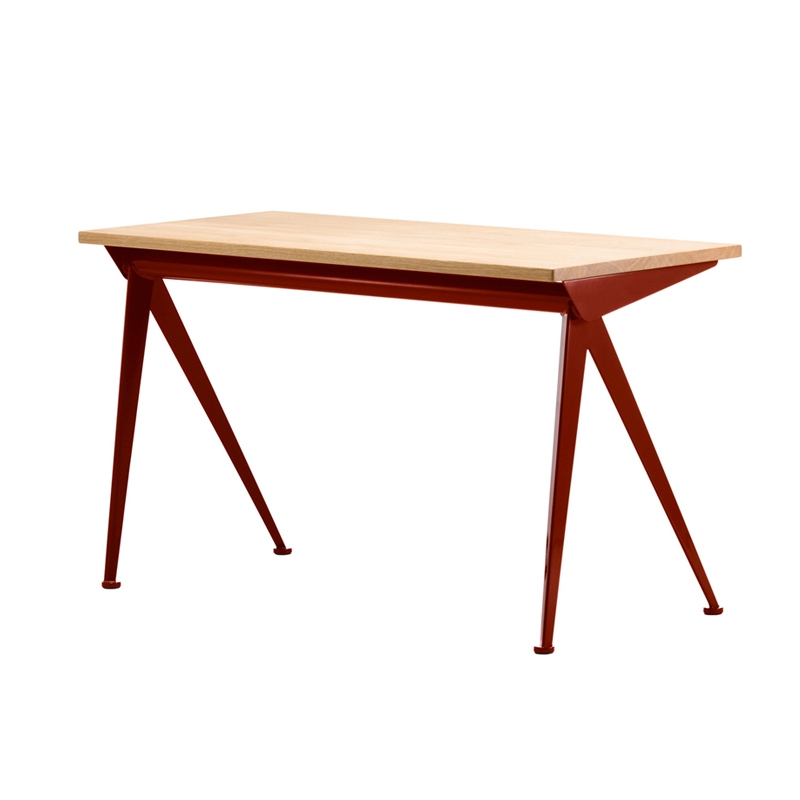
Desk
COMPAS DIRECTION Japanese red legs
VITRA
Color :
Rouge japonais
£2,885.00 TTC
£2,885.00 HT
In stock
In stock
£2,885.00 TTC
£2,885.00 HT
Total items :
£2,885.00
Taxes
0 €
Total (VAT incl.)
£2,885.00


